Combined military forces practice and march in preparation for the 50th Anniversary of the Liberation of the South and National Reunification Day_Source: nhiepanhdoisong.vn
During the General Offensive and Uprising in Spring 1975, our army clearly demonstrated its role in the following aspects:
The Vietnam People's Army is an elite revolutionary political force.
During the General Offensive, the army officers and soldiers always upheld their fighting spirit with the noble goal of liberating the South, unifying the country, and bringing a life of freedom, prosperity, and happiness to the people. With a courageous spirit, not afraid of sacrifice and hardship, and determined to “Faster, faster. Bolder, bolder” (1) , the army officers and soldiers fought fiercely to quickly defeat the Saigon army and government.
Along with the fighting process, the army did a good job of propaganda and mobilizing all classes of people in the South to rise up and fight, contributing to the victory. The officers and soldiers of the Vietnam People's Army did a good job of protecting the lives and property of the people; ensuring that the revolutionary government in the South quickly took over, operated, and maintained order, security, and social safety. They did a good job of military and enemy agitation, promptly classified the surrendered soldiers and prisoners of war, and effectively implemented the military agitation policy, contributing to building the great national unity bloc in the entire South.
The army built up a large and powerful force, creating an advantage to quickly defeat the Saigon army and government.
To ensure the great battle, the final battle to liberate the South and unify the country, very early on, our Party proactively proposed the policy of building an elite, regular and modern army. The 21st Central Conference of the 3rd term (October 1973) advocated: "There must be a comprehensive plan for building, consolidating, improving the quality and efficiency of combat, making the main force a very elite, regular and modern force..." (2) ; "Pay attention to building, developing and strengthening local troops from the region to the district... Building local troops into compact, sharp, elite units, with relatively modern equipment" (3) . By March 25, 1975, the Politburo determined: "Seize the opportunity, concentrate the fastest forces (from 12 divisions or more)..." (4) .
With great will and determination, the army prepared, mobilized and built a strong force: Timely establishment of 4 main army corps and 1 corps 232 ( equivalent to 1 army corps ), with a force of 15 divisions and 5 infantry regiments and brigades. The technical army and corps had: 20 brigades, regiments and 8 artillery battalions; 3 brigades, regiments and 6 tank - armored battalions; 8 brigades, regiments and 2 special forces battalions; 4 regiments and 10 communication battalions; 1 missile regiment; with the participation of the air force and navy; 2 automobile transport divisions... The regional and provincial Party Committees in the combat area established special forces divisions, regiments and brigades (5) to participate in the General Offensive.
General Vo Nguyen Giap and his comrades in the Central Military Commission reviewed the combat plan for the Ho Chi Minh Campaign (April 1975)_Photo: VNA
The fighting strength of the army during the General Offensive was always fueled by the support and assistance of the people of the South and the Northern rear. In the first 4 months of 1975, the North mobilized 115,000 troops, urgently trained and equipped 90,000 tons of weapons and goods for the Southern troops. Before the opening of the General Offensive and Uprising in the Spring of 1975, the Southern Liberation Army had 1,080,000 officers and soldiers (6) ; raising the ratio of our main force to the enemy to 1.03/1. During the Ho Chi Minh Campaign, we provided 60,500 tons of materials for combat troops (reaching 101%), treated 8,376 wounded soldiers, ensured 80-82% of vehicle technical systems, 90-92% of artillery (7) ... With superior combined strength, the 4 main army corps and local main units created great strength, quickly defeating the resistance of the Saigon army on the battlefields.
The army creatively used Vietnamese military art and appropriate fighting methods to achieve high efficiency.
In response to the requirements of the military campaign, aiming to completely liberate the South and unify the country, our Party very early proposed the policy of researching, supplementing and developing military art. In October 1973, after defeating the attacks and encroachments of the Saigon army, the 21st Central Conference of the 3rd term determined: "On the basis of summarizing the military work in the resistance war against the US, saving the country, promptly and effectively resolve new issues on strategy, campaign, tactics, combat, on building and consolidating forces, on guidelines and methods of combat on different battlefields" (8) . Implementing the above policy, military units have researched, supplemented and developed new ways of fighting, the art of medium, small and large-scale campaigns; studied the art of joint military operations, clarified strategic issues to carry out general offensives and uprisings throughout the region. During the General Offensive, military units used the art of campaign and strategy in many different forms, such as: creating force, creating position and creating time, seizing and taking full advantage of opportunities, deceiving the enemy, encircling, penetrating deeply, dividing, isolating, and tearing apart the enemy...
The victory of the Central Highlands Campaign is typical of the military art of isolating, deceiving the enemy, counterattacking and pursuing and destroying the enemy. From March 4 to March 9, 1975, we occupied strategic routes 19, 21, 14; occupied Thuan Man, Duc Lap and isolated the Central Highlands from the Central Coast and Buon Ma Thuot from Pleiku, Cheo Reo. Based on the accurate determination of the first attack target being Buon Ma Thuot in the southern Central Highlands, our main units used a diversion, attacked the Northern Central Highlands, lured the enemy to the Northern Central Highlands, making the Saigon army in the Southern Central Highlands vulnerable and weak. At 1:35 a.m. on March 10, 1975, our main units carried out an attack directly into Buon Ma Thuot town, making the enemy extremely surprised and confused in response. The precise acupressure blow of our main force caused a large part of the defense system in the Central Highlands to be broken. On March 11, 1975, Buon Ma Thuot was liberated.
From March 12 to March 18, 1975, the main units crushed the "counterattack to retake Buon Ma Thuot" of the 2nd Corps, the Saigon army, completely destroying the enemy's 23rd Division. The enemy in the Central Highlands was confused, passive, and had strategic command disorder, forcing Nguyen Van Thieu to direct the 2nd Corps, the Saigon army to withdraw from the Central Highlands. From March 15 to March 24, 1975, the Central Highlands Command and Front directed our army to organize a lightning-fast pursuit, the entire fleeing enemy force was captured and destroyed by our army. We captured 8,000 people, seized and destroyed 14,000 military vehicles, only a small part of the enemy escaped to Phu Yen (9) . The victory of the Central Highlands Campaign liberated a large area with over 600,000 people; strategically divided the Saigon army's inter-deployment strategy, creating a favorable strategic position for our army to attack and destroy the enemy in Tri-Thien, Da Nang and the South.
The victories of the Tri-Thien Campaign and the Da Nang Campaign are typical examples of the art of proactively attacking, encircling, dividing, and preventing the enemy from retreating to the sea, taking full advantage of the opportunity when the Saigon army was confused, extremely wavering, divided, and continuously attacked. The Da Nang Campaign lasted for more than 3 days, we destroyed and disintegrated the entire remaining forces of the enemy's 1st Corps and 1st Military Region, eliminating nearly 90,000 enemies from combat and capturing many weapons and equipment (10) . The victory of the Da Nang Campaign opened up a favorable opportunity for us to carry out the final strategic battle, completely liberating the South.
With the great victories of the Central Highlands, Tri-Thien and Da Nang Campaigns, on March 25, 1975, the Politburo directed the fastest concentration of forces, weapons, technology and materials, to liberate Saigon before the rainy season. Implementing the policy, the Ho Chi Minh Campaign thoroughly applied the art of seizing and taking advantage of opportunities, when the Saigon army had failed and suffered heavy losses in the Central Highlands, Tri-Thien and Da Nang, the Saigon army and government were confused and extremely wavering. Creatively applying the art of creating a situation, promoting the initiative to attack and continuously attack, pushing the Saigon army into a passive defense position. Creatively applying the art of creating force, we mobilized 4 main army corps and Group 232 (equivalent to an army corps) and local units, militia and guerrillas. The total force participating in the battle was 270,000 people (including 250,000 main force troops, 20,000 local troops), 180,000 campaign logistics forces. Hundreds of thousands of people supported and helped the army units in combat. Throughout the Ho Chi Minh Campaign, the units creatively implemented a combination of encirclement, deep penetration into the enemy's headquarters, division, tearing, not allowing the enemy to retreat and supporting each other between the battlefields...
Using a variety of fighting methods and military arts quickly transformed the balance of power, in our favor, pushing the Saigon army into a passive, weak, confused, wavering position and leading to collapse. With the continuous attacks of the main army corps and units, by April 30, 1975, the Ho Chi Minh Campaign was completely victorious, the 1975 Spring General Offensive and Uprising was completely victorious, gloriously ending the resistance war against American imperialism to save the country.
The above glorious results show that the Vietnam People's Army played an important role in deciding the victory of the 1975 Spring General Offensive and Uprising. The army is an elite revolutionary political force, a powerful military force and flexibly and creatively used fighting methods, campaign art, and strategy, creating a new position and strength to defeat the Saigon army and government, liberate the South, and unify the country. These are valuable experiences for the cause of building and developing the Vietnam People's Army today.
In the new context, the world and regional situation is complicated, unpredictable, and difficult to predict; peace and cooperation are still the main trends. Wars, military conflicts, border disputes, etc., all sides use high-tech weapons, and the form of war has changed a lot. In the country, the environment is stable, peace and friendship are maintained, international relations, defense and security diplomacy are expanded. To fulfill its functions and tasks in the new context, the Vietnam People's Army needs to perform well the following tasks:
Firstly, the army is under the absolute and direct leadership of the Party. In any conditions and circumstances, the Vietnam People's Army is always under the leadership of the Communist Party of Vietnam, directly the Central Executive Committee, the Politburo, the Central Military Commission and the party organization system in the army. That is an unchangeable principle. The victory of the General Offensive and Uprising in the Spring of 1975 clarified the reality of the absolute and direct leadership of the Party in all aspects over the army, deciding the nature, fighting quality and level of task completion of the army. Currently, the cause of defending the Fatherland takes place in a complex and unpredictable context, so the leadership of the Party over the army is even more important.
Second, build a politically strong army, closely attached to the people. The army is always steadfast in the Party's ideal goals of national independence and socialism. Military officers and soldiers always uphold the spirit of determination to fight and win, focus on overcoming difficulties, and successfully complete all assigned tasks. The army promptly advises the Party, the State, and authorities at all levels on building guidelines, strategies, and military and defense potential; advises on handling situations related to military, defense, and security. Do a good job of propaganda and mobilizing the people, building a solid national defense posture and a strong people's heart posture. Pay attention to caring for and protecting the lives and property of the people, protecting the rights and interests of the nation. Build a clean and strong Army Party organization, associated with streamlining the organization and apparatus. Improve the quality of studying Marxism-Leninism theory, Ho Chi Minh thought and the Party's guidelines and policies, the State's policies and laws for cadres and soldiers. Uphold the noble spirit of proletarian internationalism, effectively carry out the United Nations' peacekeeping mission in countries around the world.
The 13th National Party Congress continues to determine the building of a revolutionary, disciplined, elite, and modern Vietnam People's Army_Source: nhiepanhdoisong.vn
Third, building a streamlined army in terms of organization. This is a requirement in line with the characteristics of peacetime and the requirements of socio-economic development, bringing the country into a new era. It is required to streamline main units, localities, academies, schools, strategic agencies of ministries, agencies of military regions, army corps, and military branches in line with current mission requirements. Streamlining does not mean mechanical reduction, but streamlining is building a military apparatus with high combat power, in line with the development of science and technology. The exemplary army takes the lead in thoroughly grasping and implementing Resolution No. 18-NQ/TW, dated October 25, 2017, of the 13th Party Central Committee, "Some issues on continuing to innovate and reorganize the political system to be streamlined and operate effectively and efficiently" and Conclusion No. 121-KL/TW, dated January 24, 2024, of the 13th Party Central Committee, on summarizing Resolution No. 18-NQ/TW.
Fourth, build an army strong in military art and modern military science. Effectively implement Resolution No. 57-NQ/TW, dated December 22, 2024, of the Politburo, "On breakthroughs in science and technology development, innovation and national digital transformation". Promote research on military scientific theory, soon have a complete theoretical system on military art to meet the reality of high-tech warfare. Develop the art of creating force, creating position and firmly grasping opportunities to defeat all forms of enemy warfare. Develop the art of "people's war" to a new level, closely combine armed struggle with unarmed struggle, combine protection with construction, and use construction to protect. Develop a flexible defense foreign policy, promptly overcome and prevent the risk of war. Self-sufficiently produce modern weapons and equipment that meet fighting methods, are consistent with traditional military art and are suitable for new forms of warfare./.
----------------------
(1) General Vo Nguyen Giap: General Headquarters in the Spring of Victory , National Political Publishing House Truth, Hanoi, 2001, p. 286
(2), (3) Complete Party Documents , National Political Publishing House, Hanoi, 2002, vol. 34, p. 244
(4), (5) Le Hai Trieu: Ho Chi Minh Campaign to liberate the South and unify the country , People's Army Publishing House, Hanoi, 2005, pp. 200, 203
(6) Department of Operations, General Staff: Statistics of our forces and the enemy on the Southern battlefield during the resistance war against America , Archives of the Ministry of National Defense.
(7) Ministry of National Defense - Dong Nai Provincial Party Committee: The Liberation Army of South Vietnam - Role, significance and historical lessons , People's Army Publishing House, Hanoi, 2021, p. 196
(8) Complete Party Documents , op. cit ., vol. 34, p. 244
(9), (10) Vietnam Military History Institute: History of the resistance war against the US to save the country (1954-1975) , Volume VIII, Total Victory , National Political Publishing House Truth, Hanoi, 2013, pp. 301, 379.
Source: https://tapchicongsan.org.vn/web/guest/nghien-cu/-/2018/1080103/dai-thang-mua-xuan-nam-1975-va-nhung-bai-hoc-kinh-nghiem-trong-xay-dung-quan-doi-nhan-dan-viet-nam-hien-nay.aspx


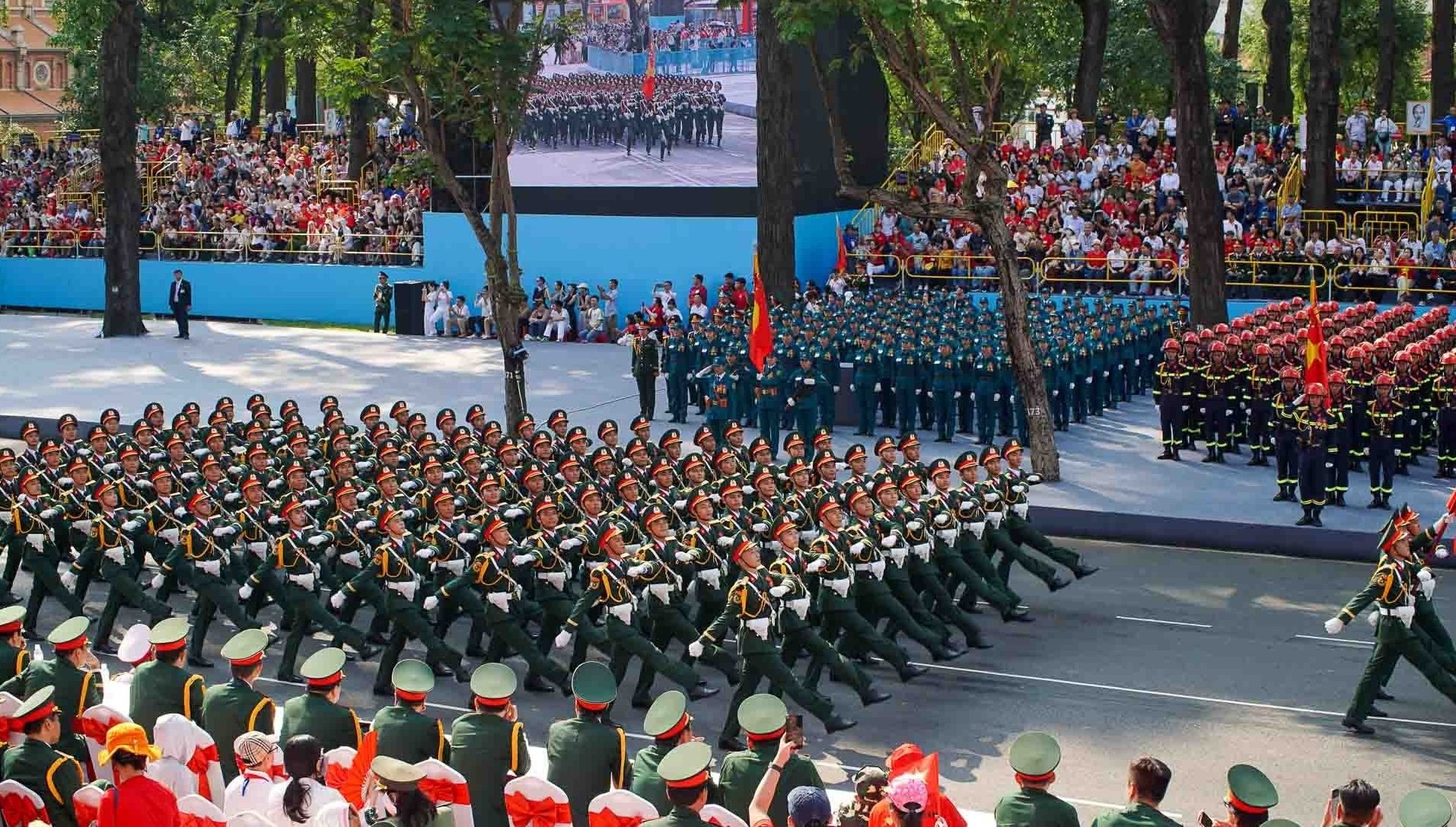
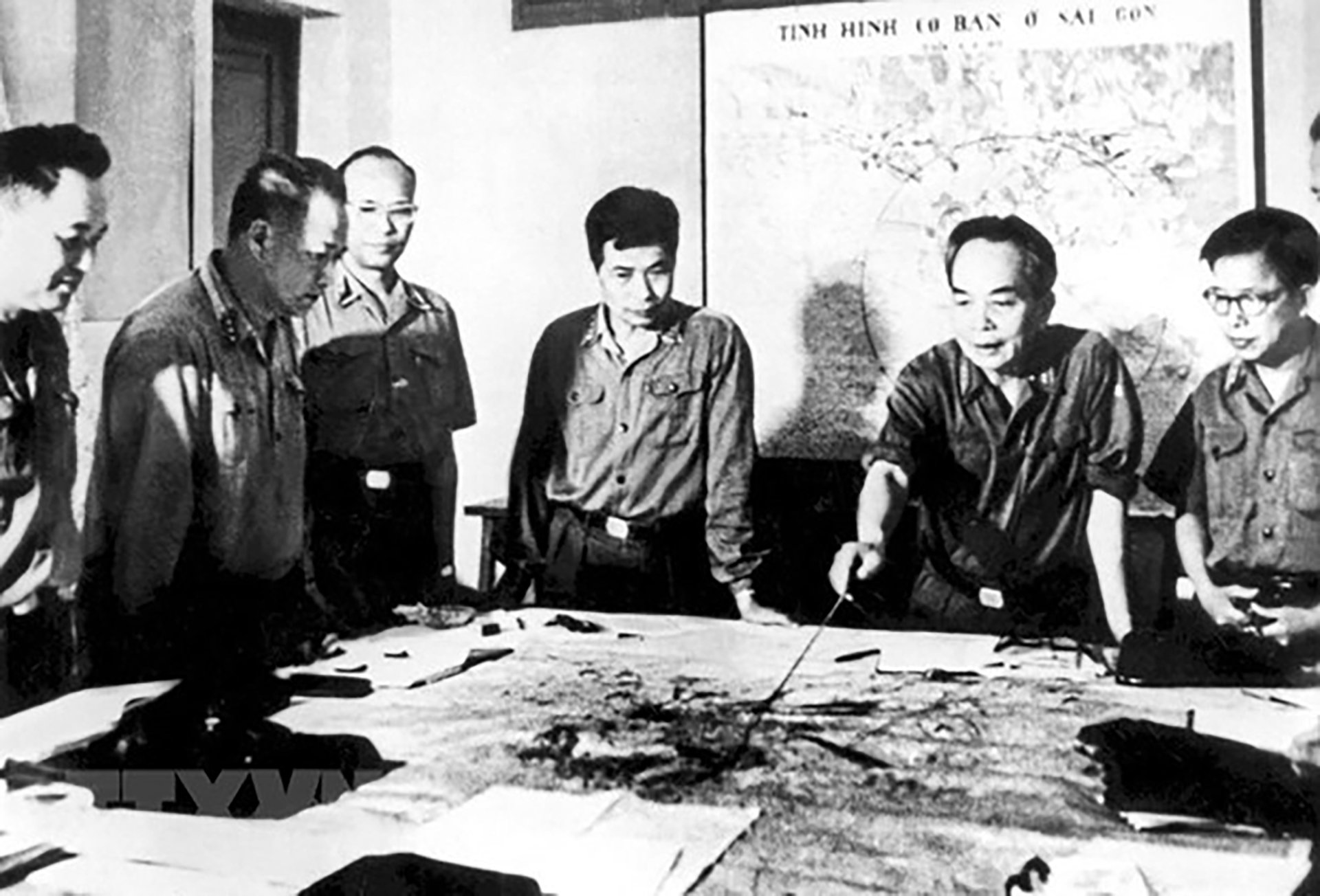
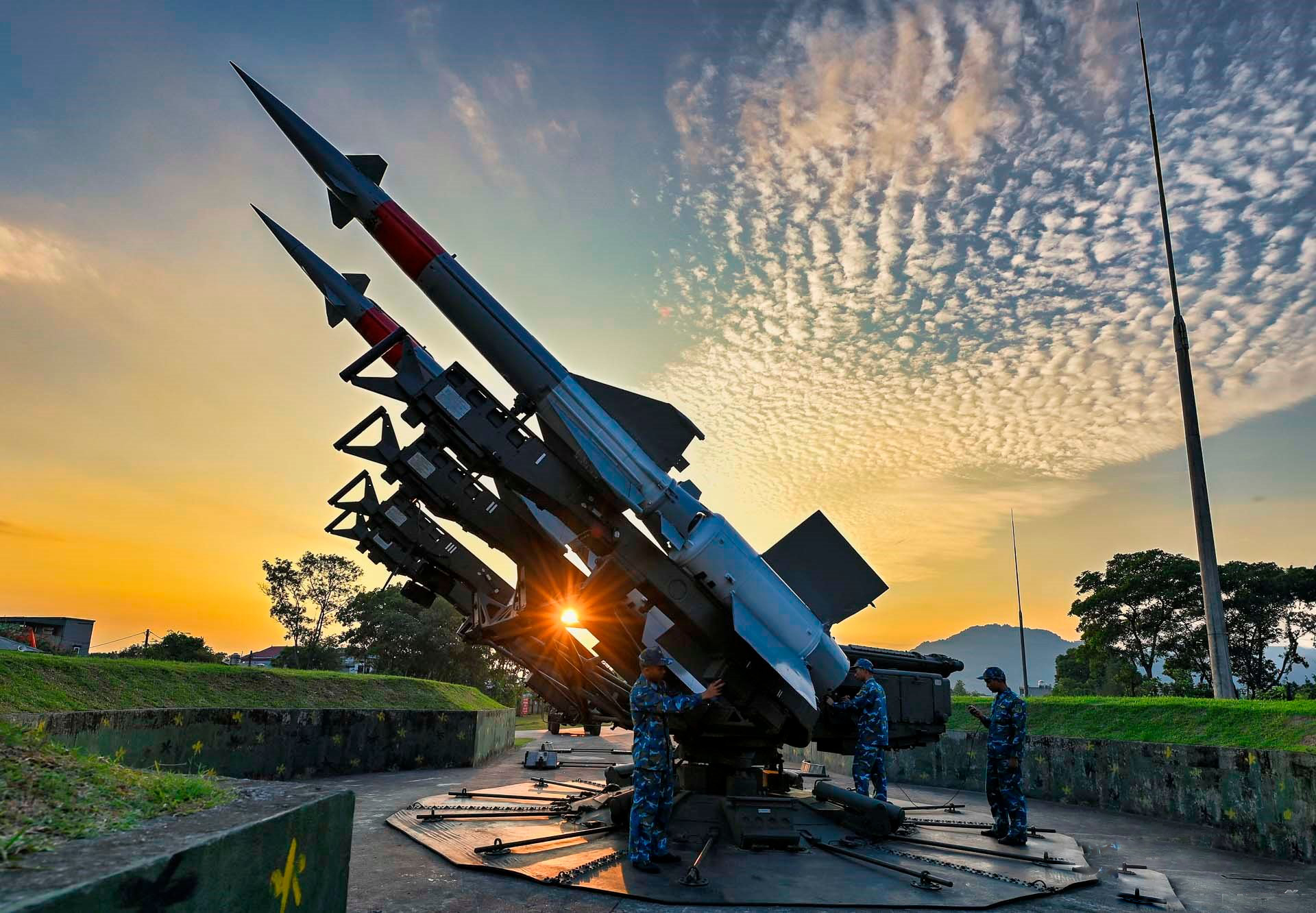

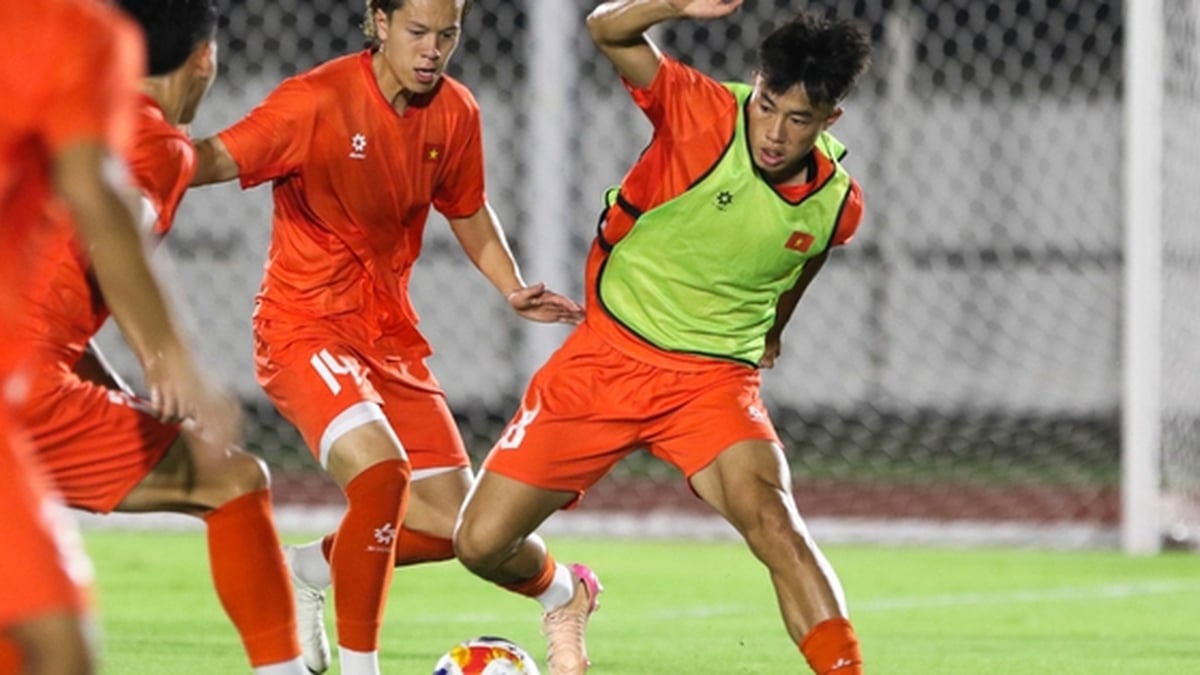
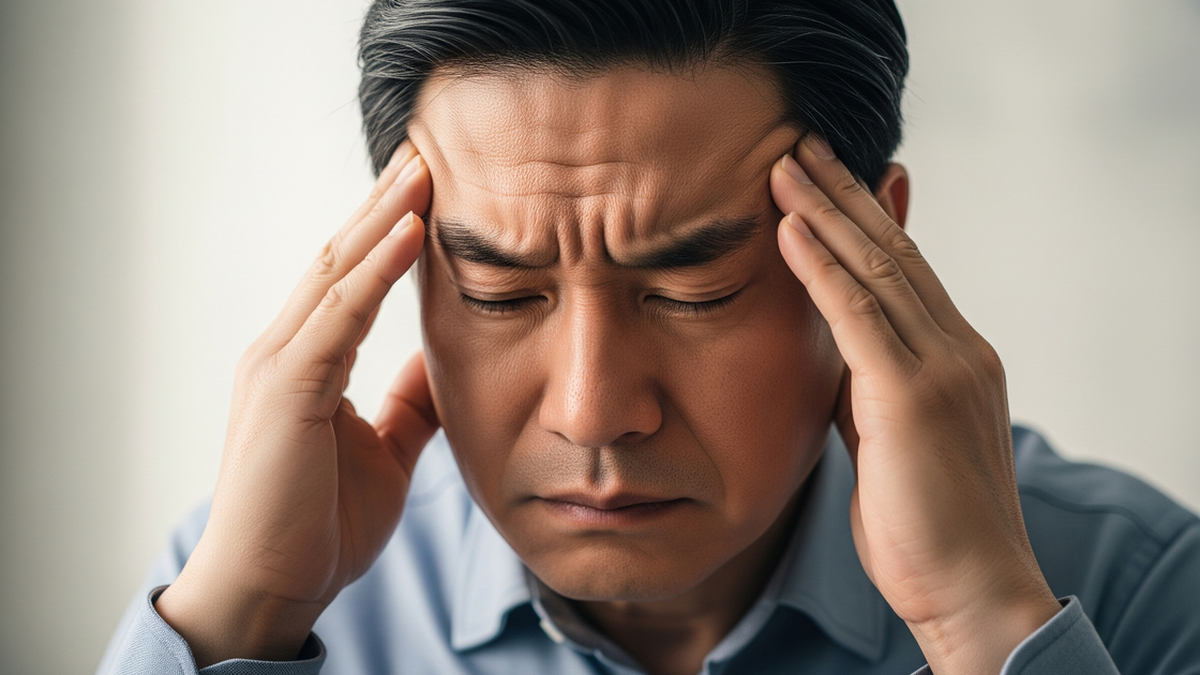
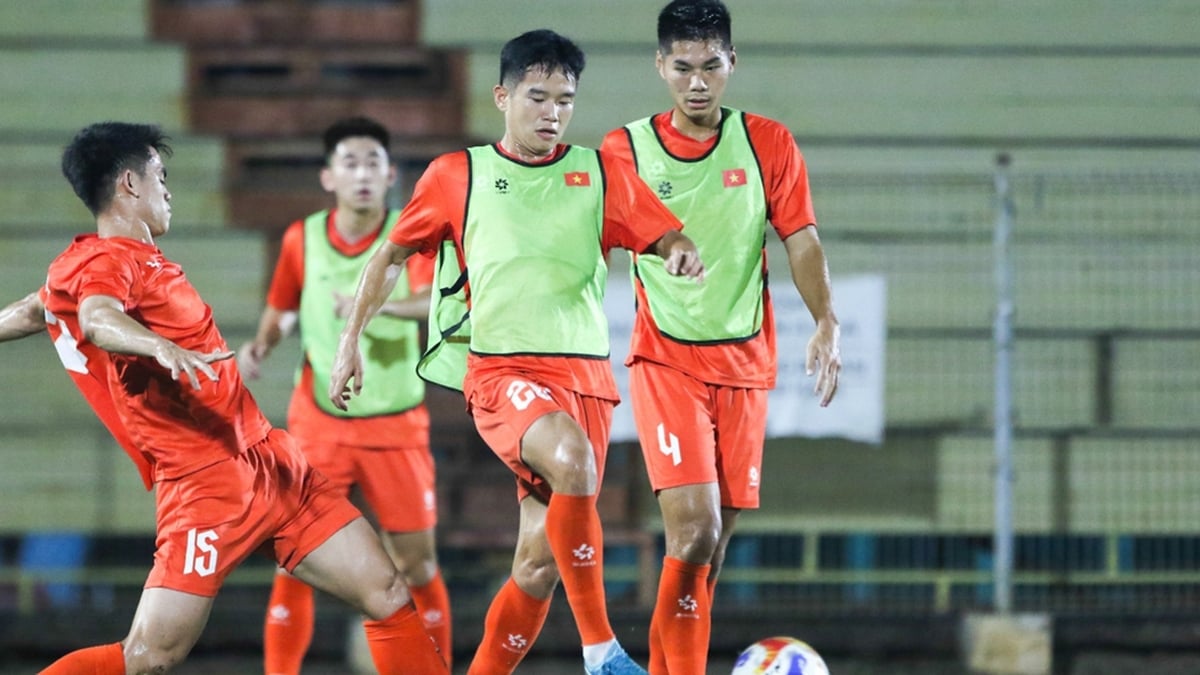
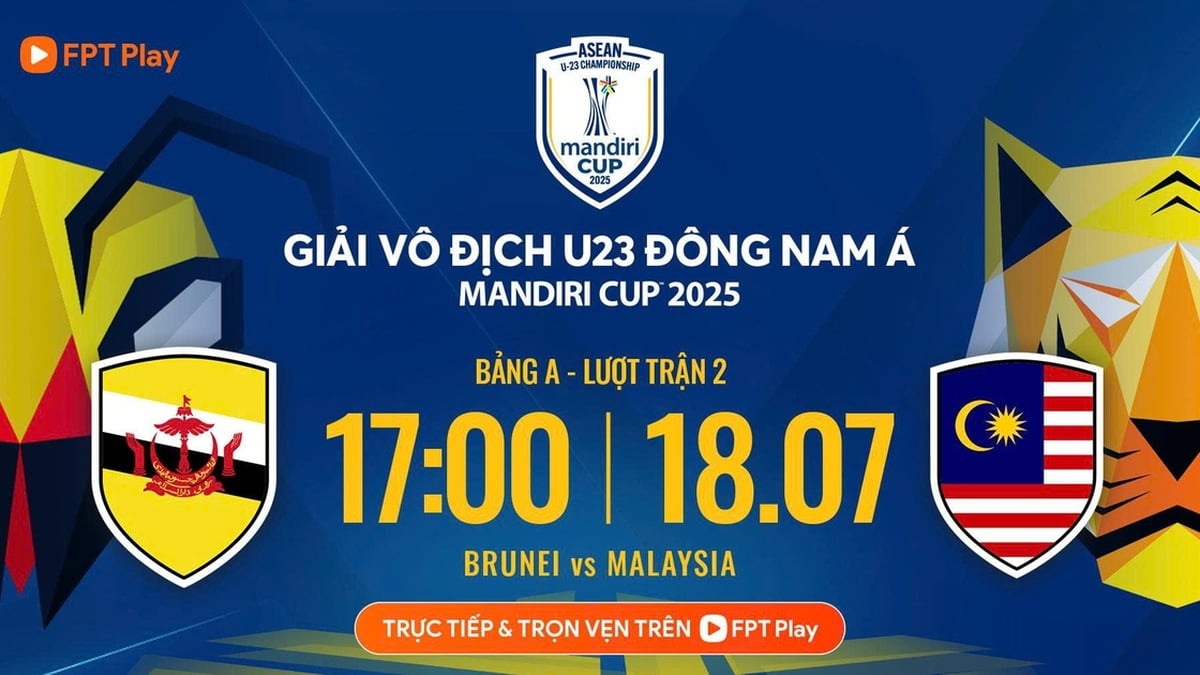
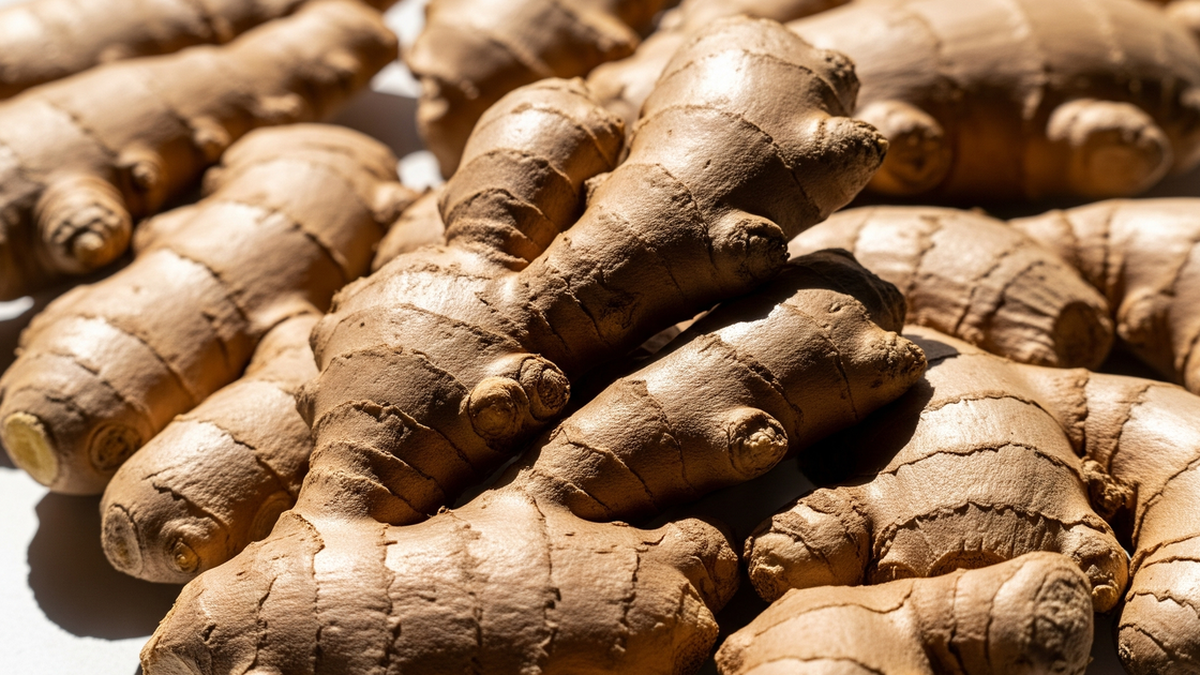
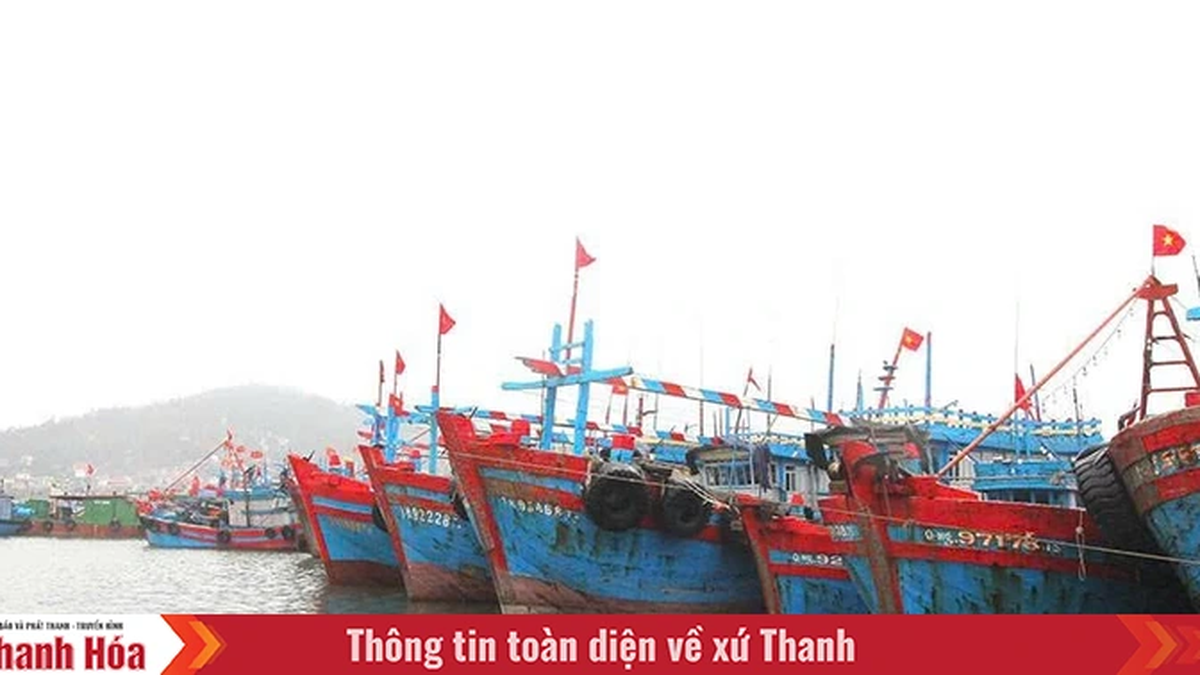
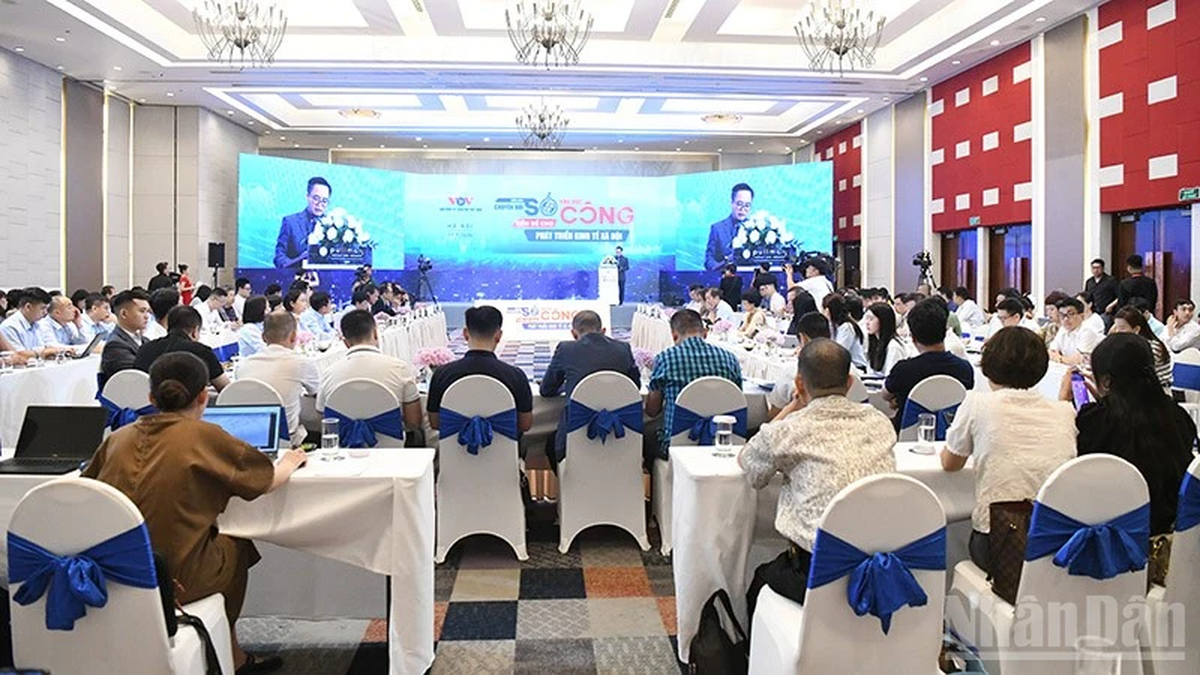
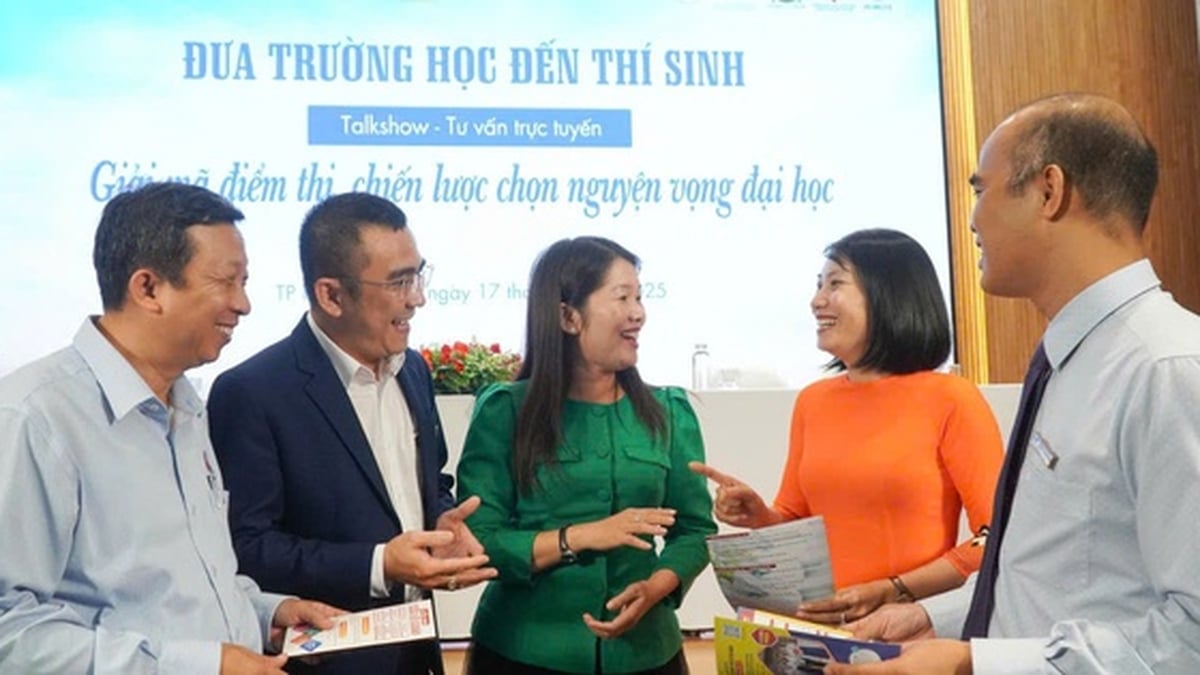
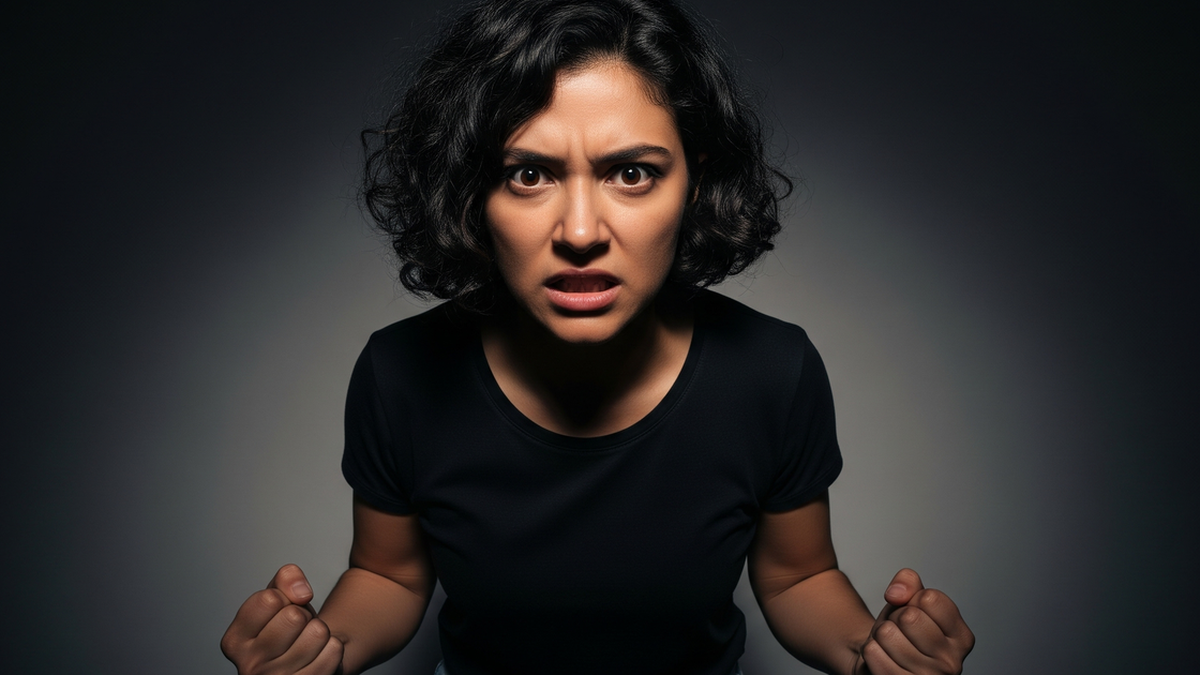
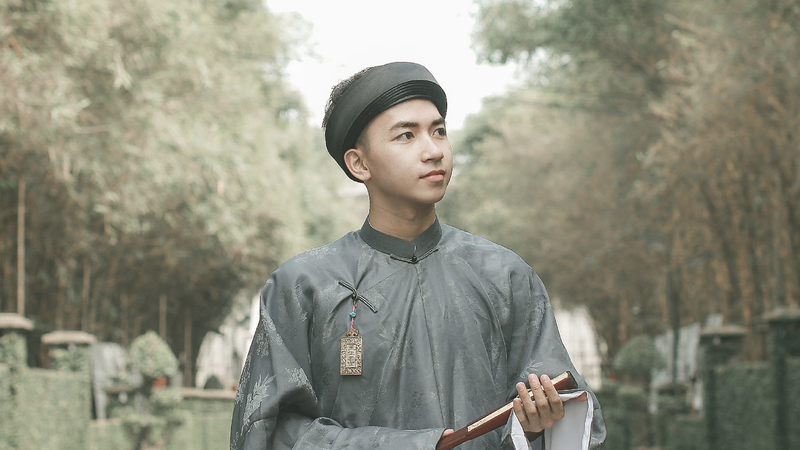



















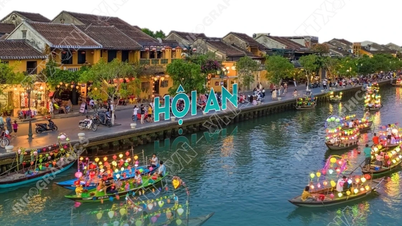

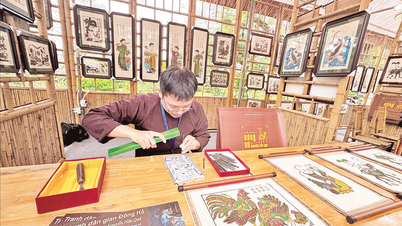

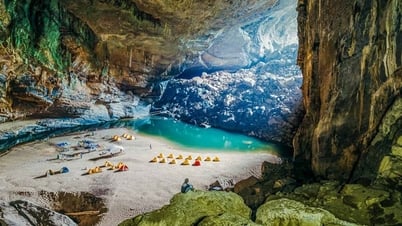














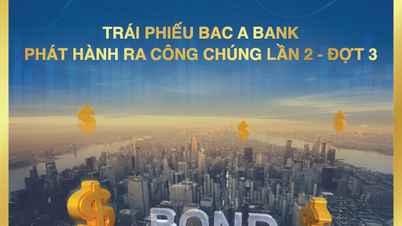

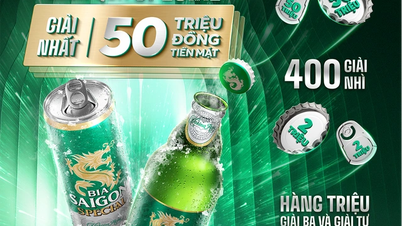
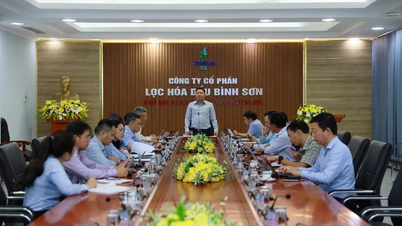
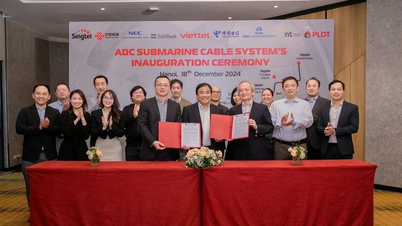



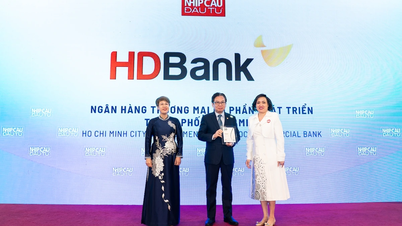
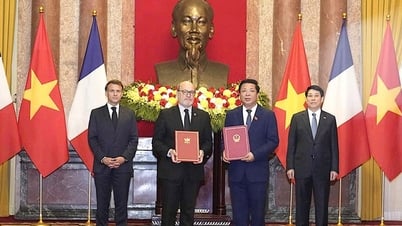



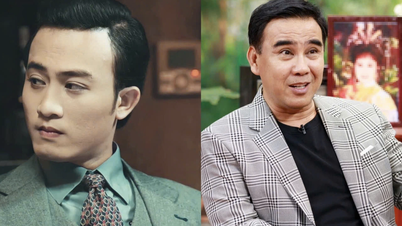

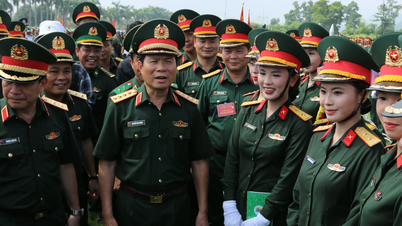

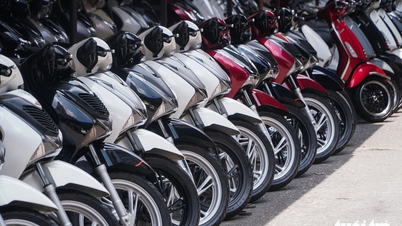
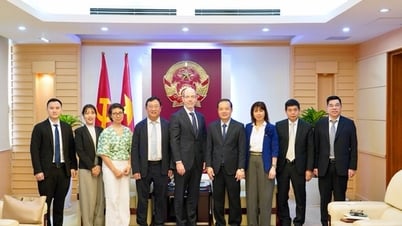

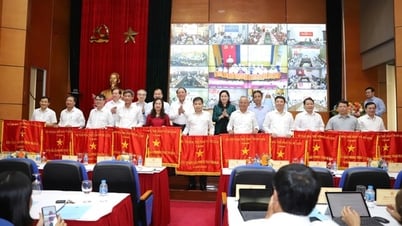

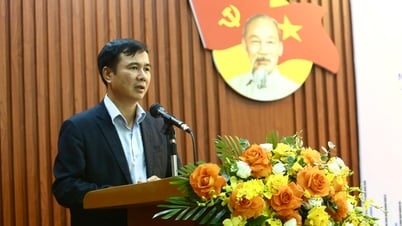
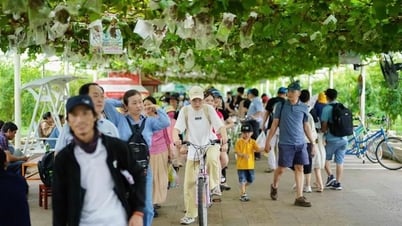
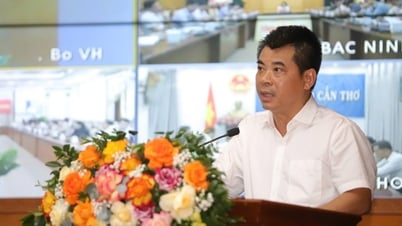
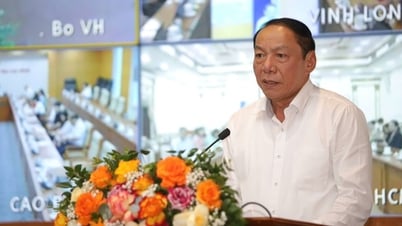








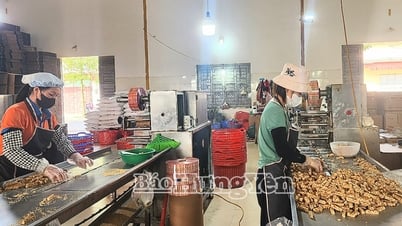












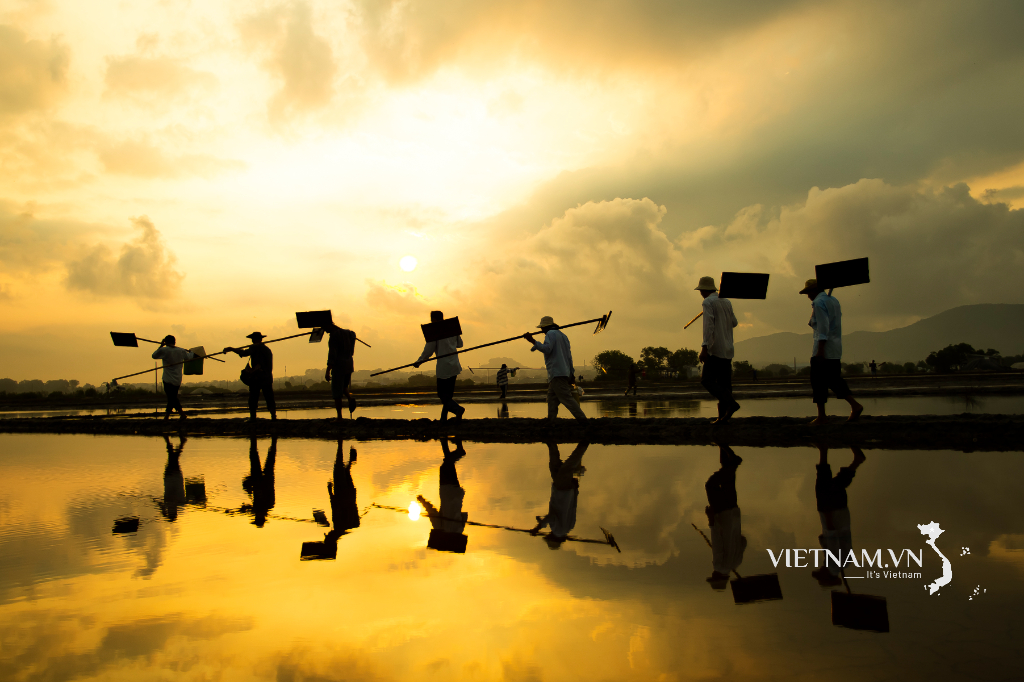


Comment (0)